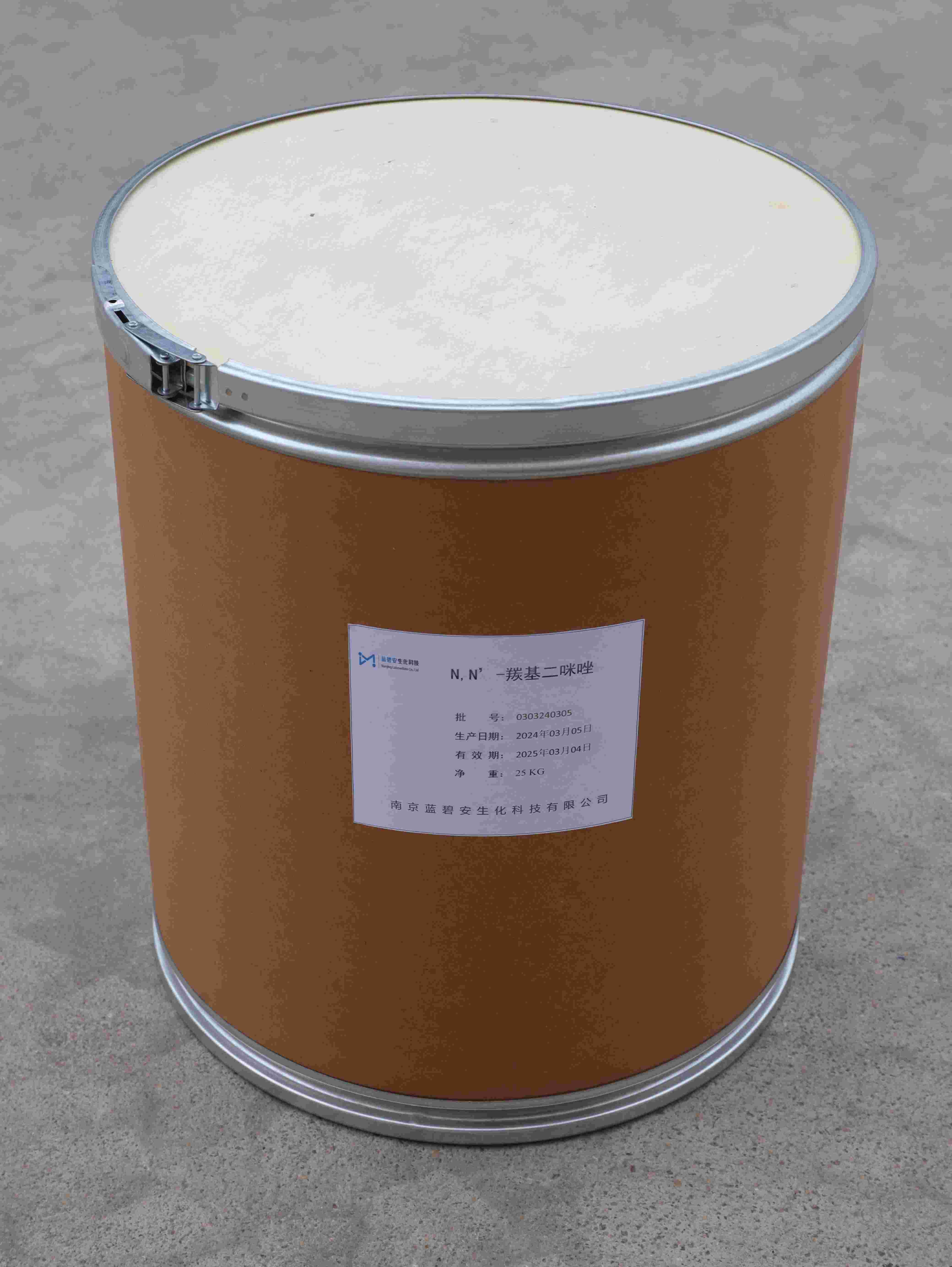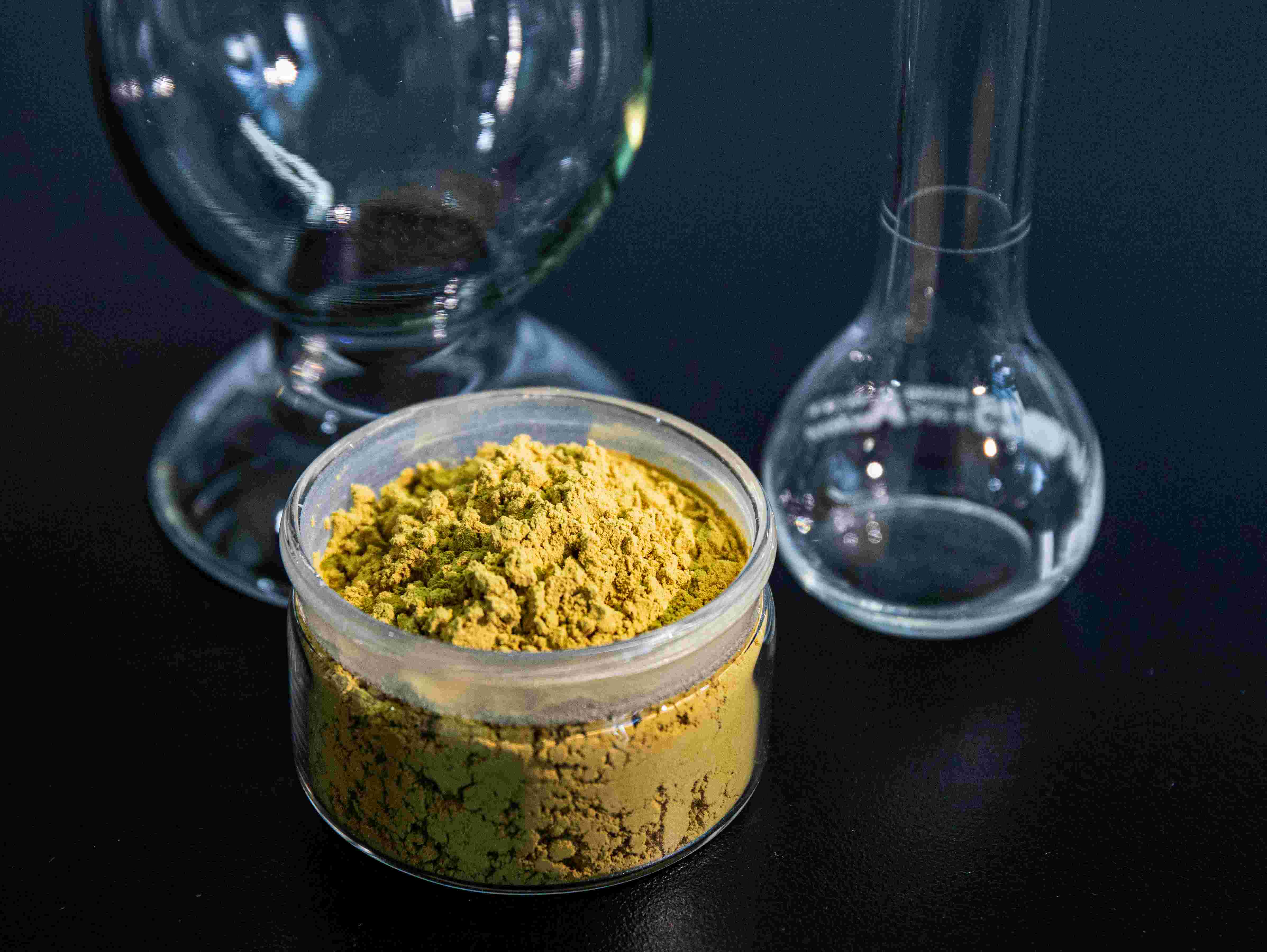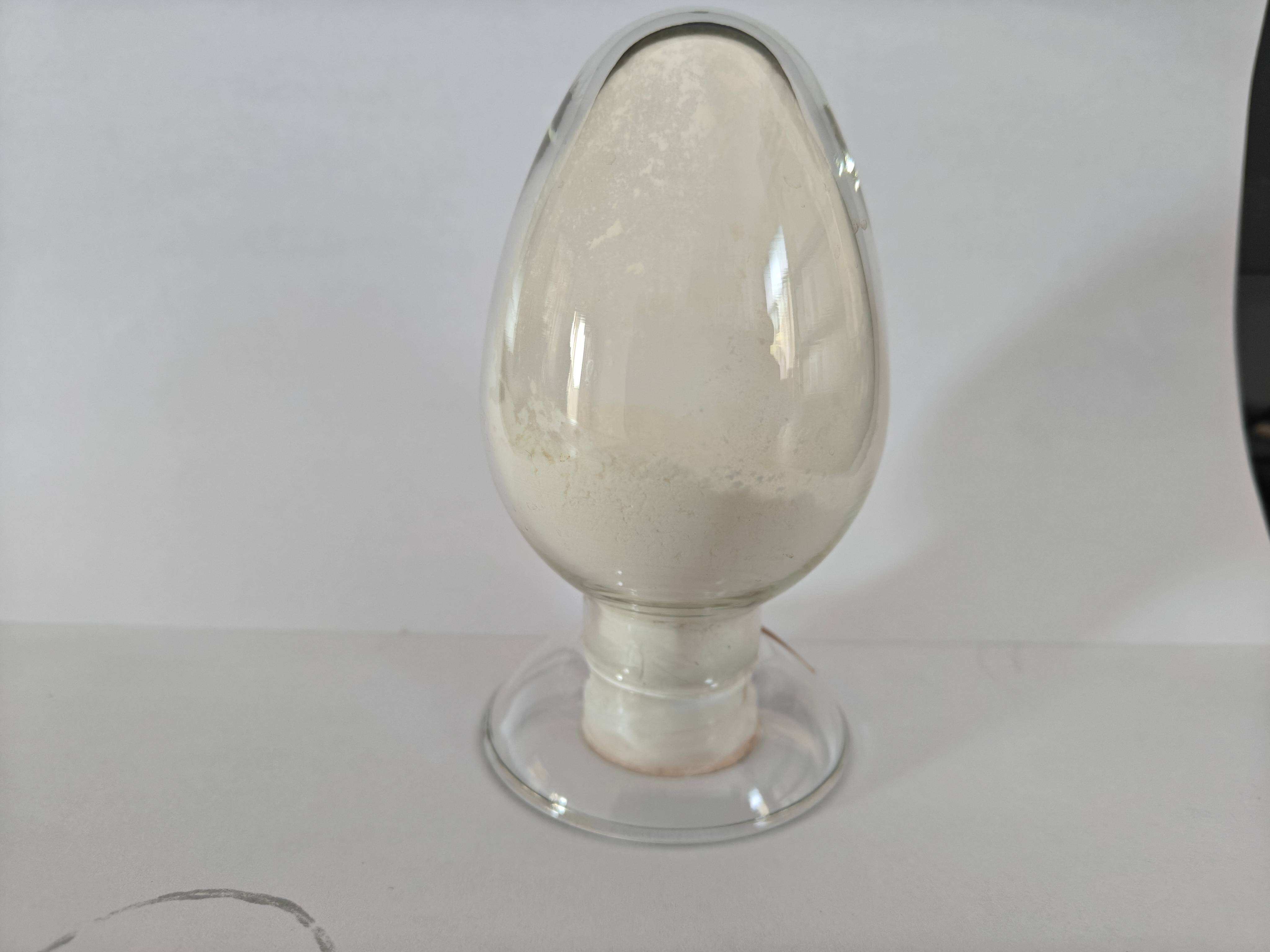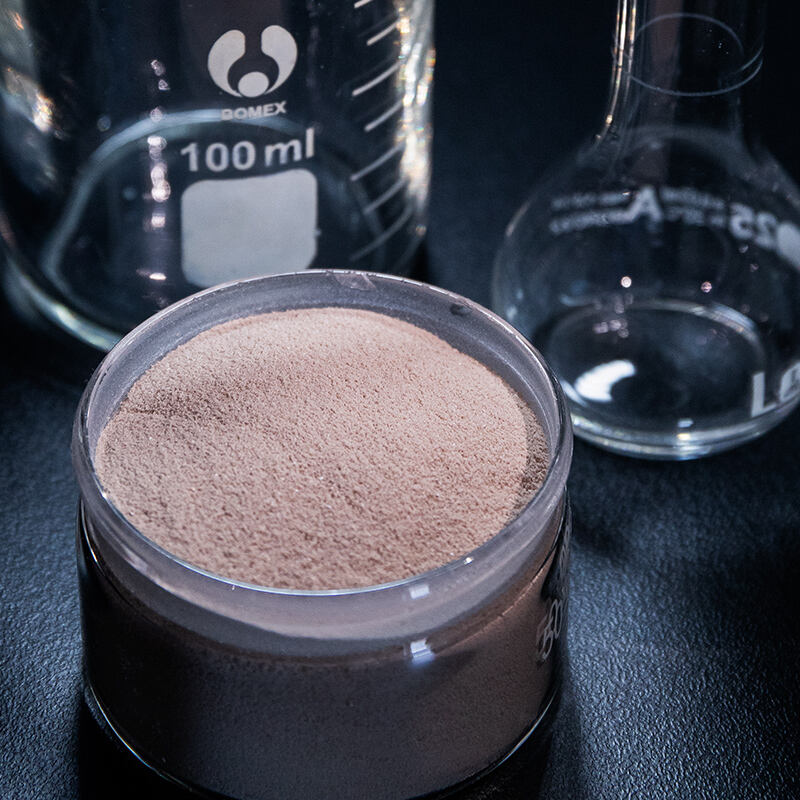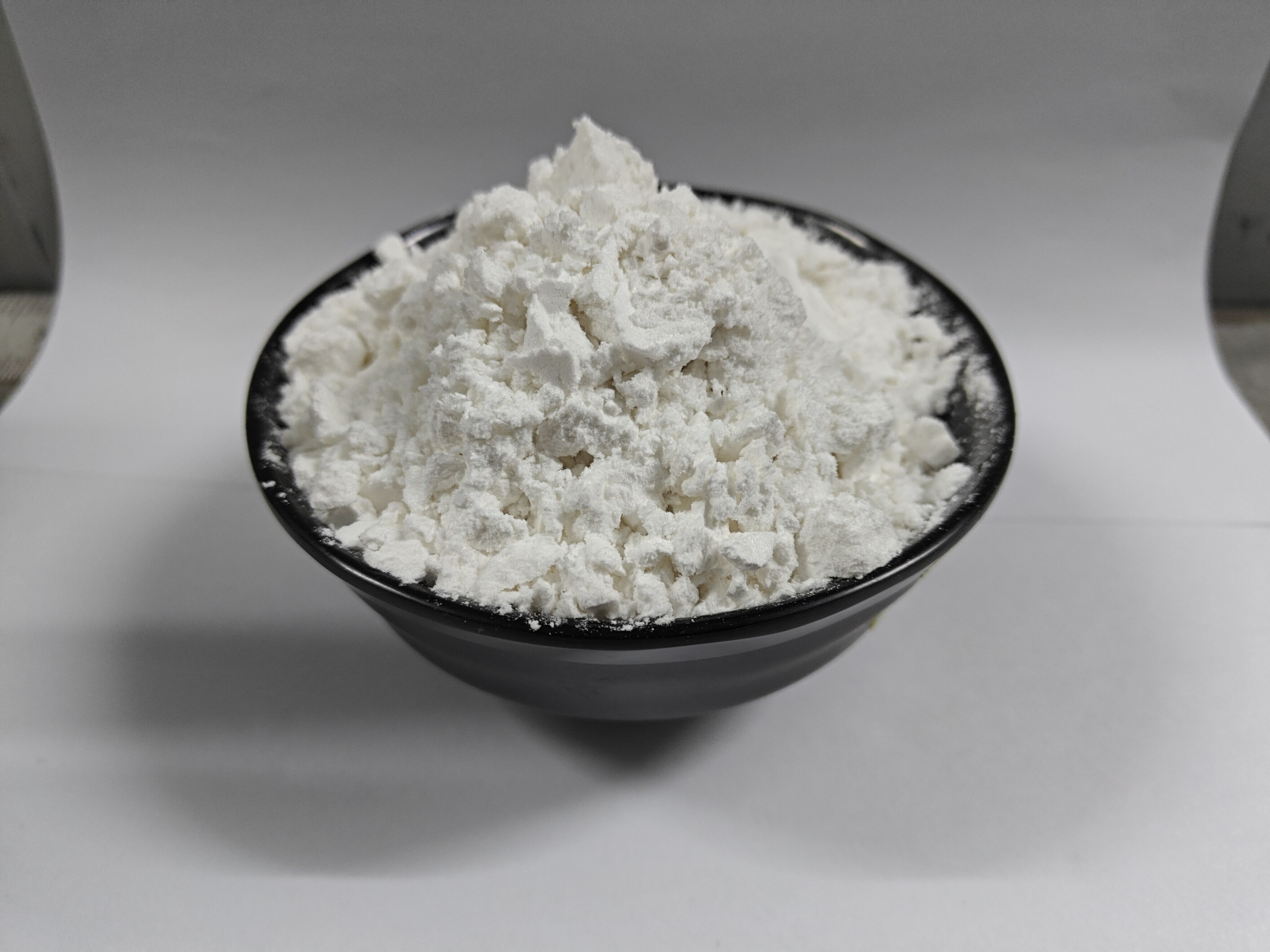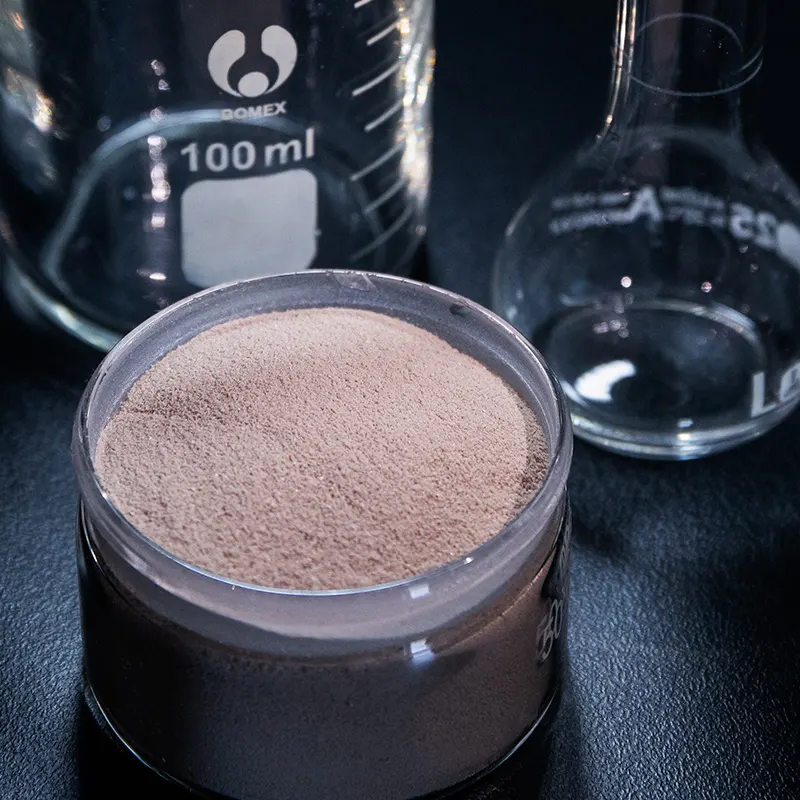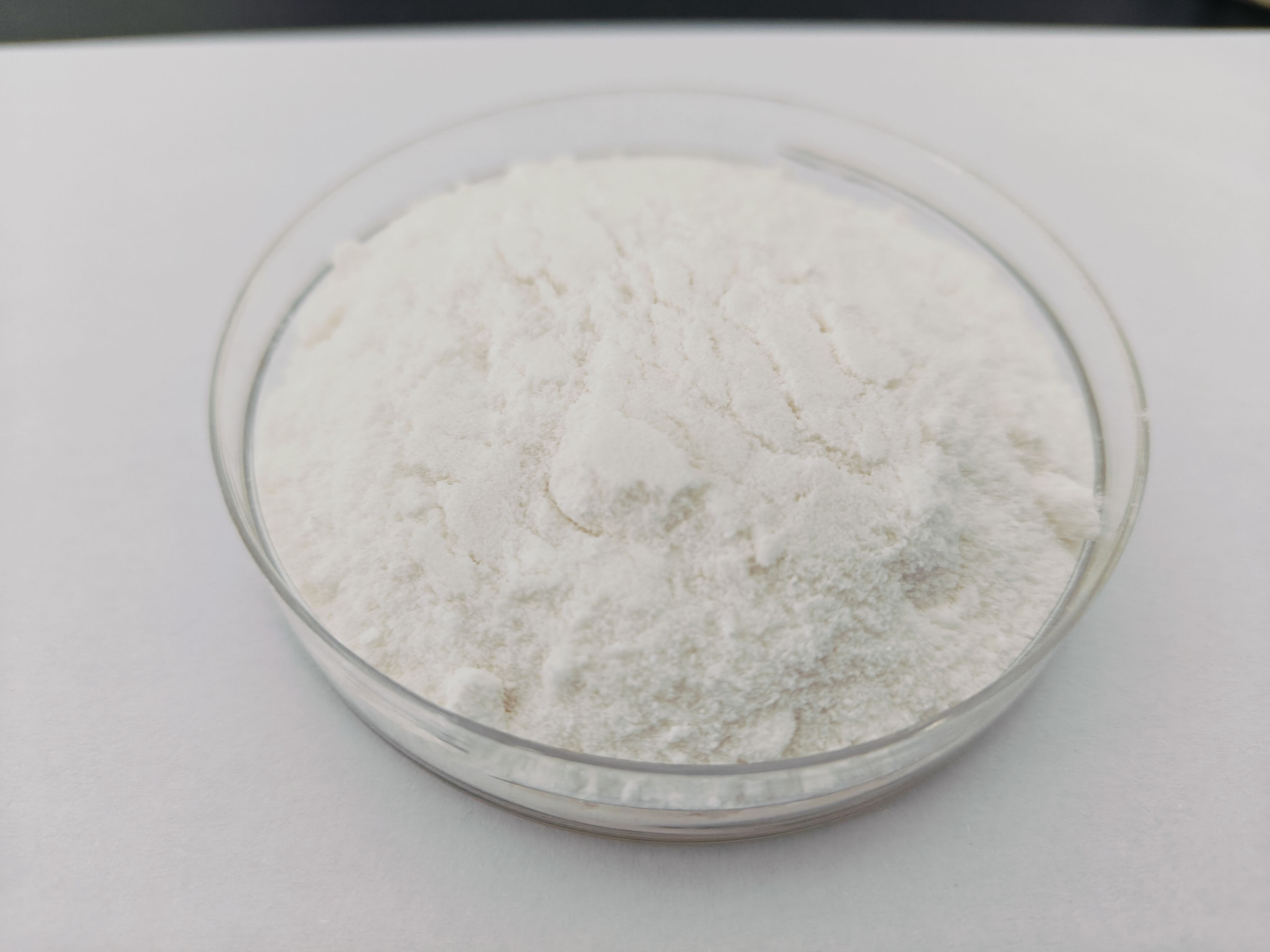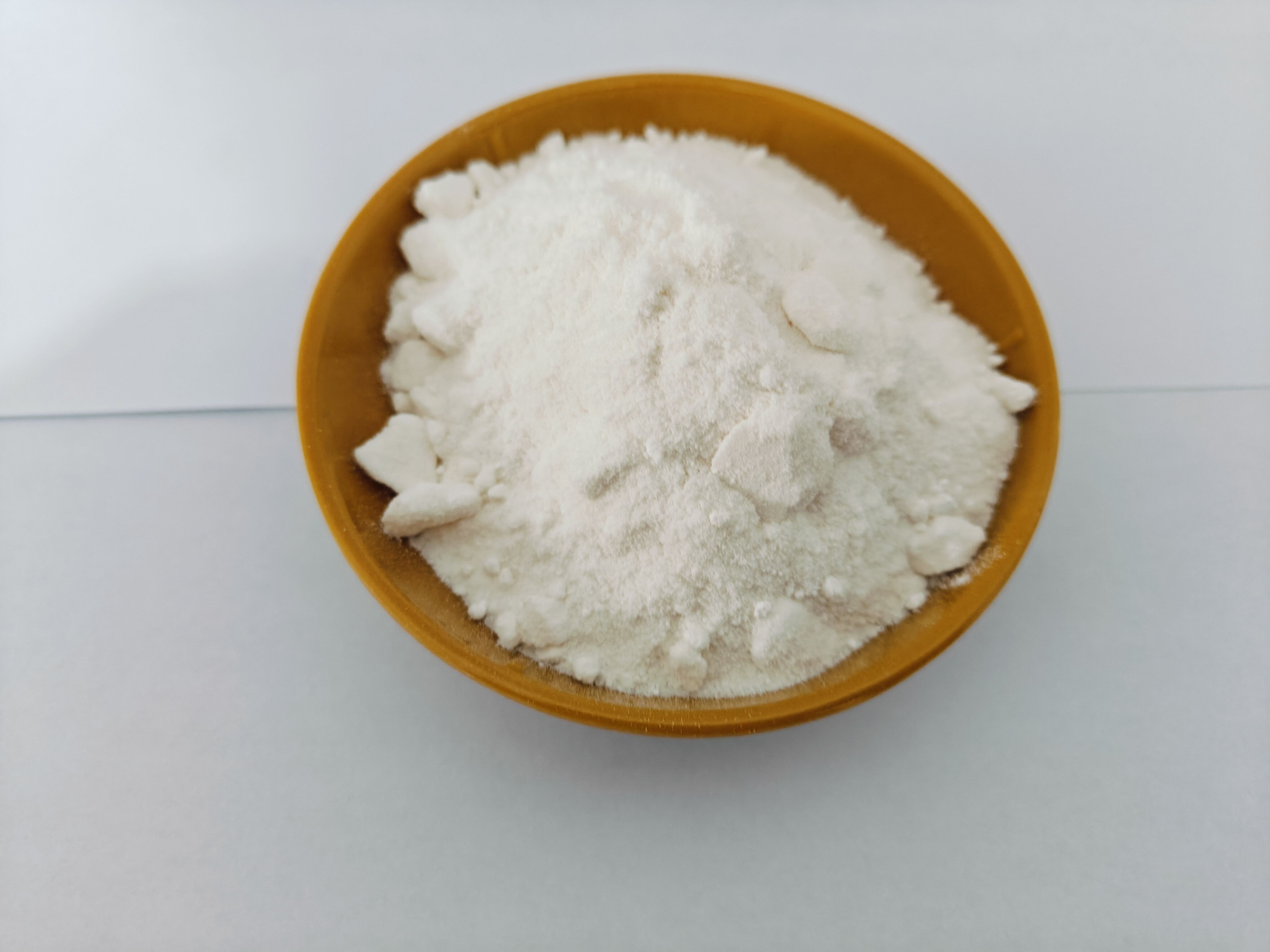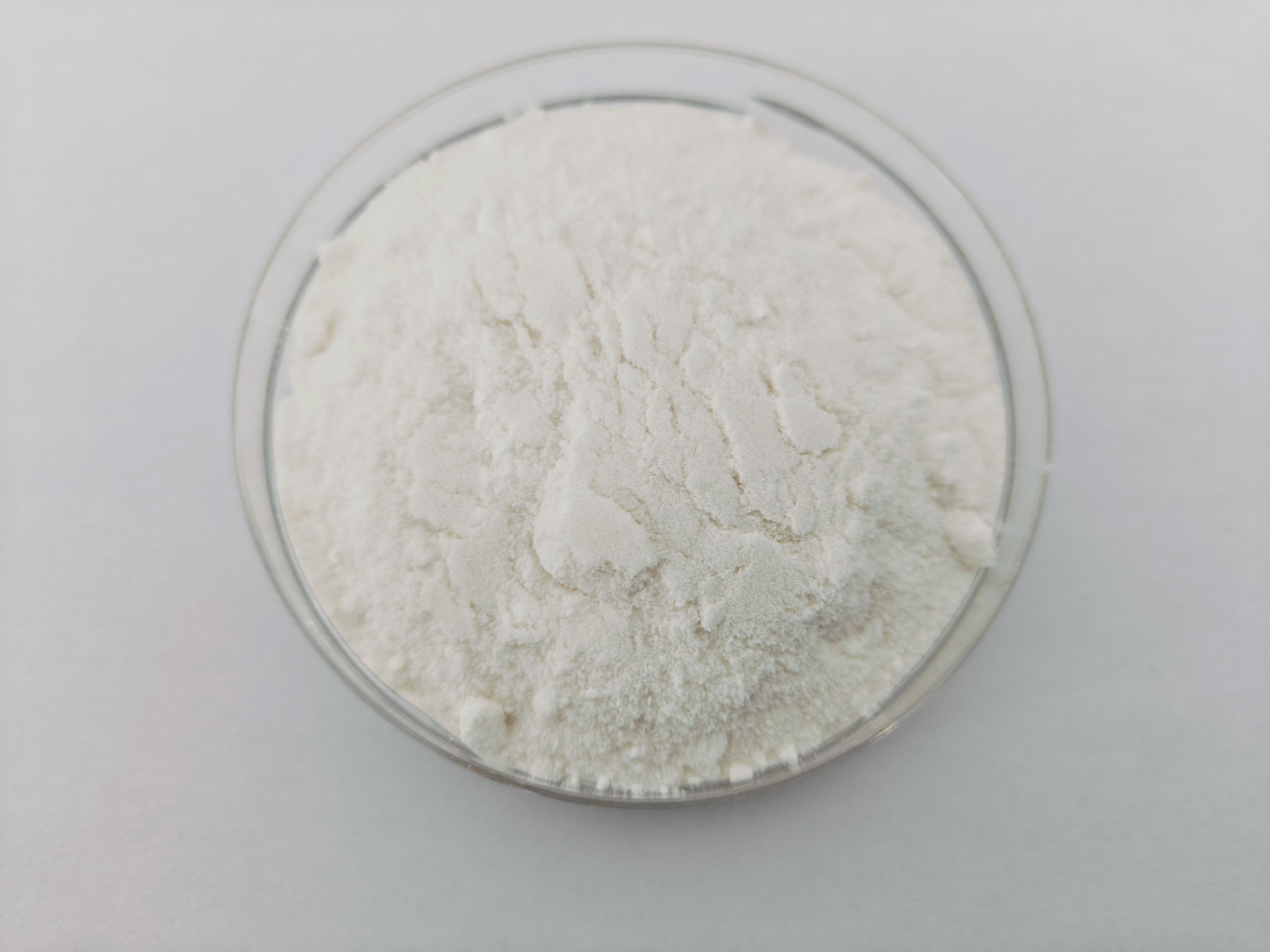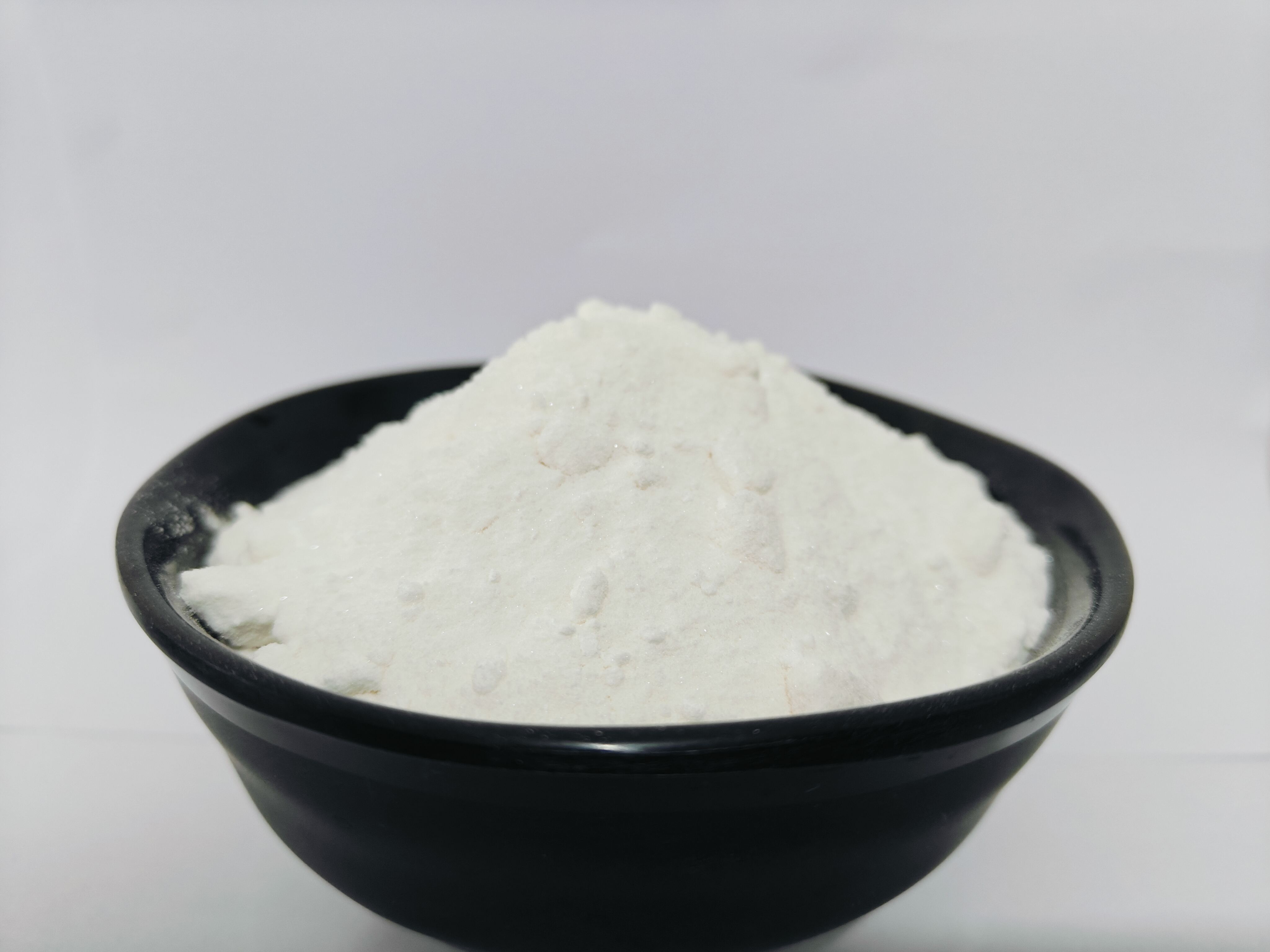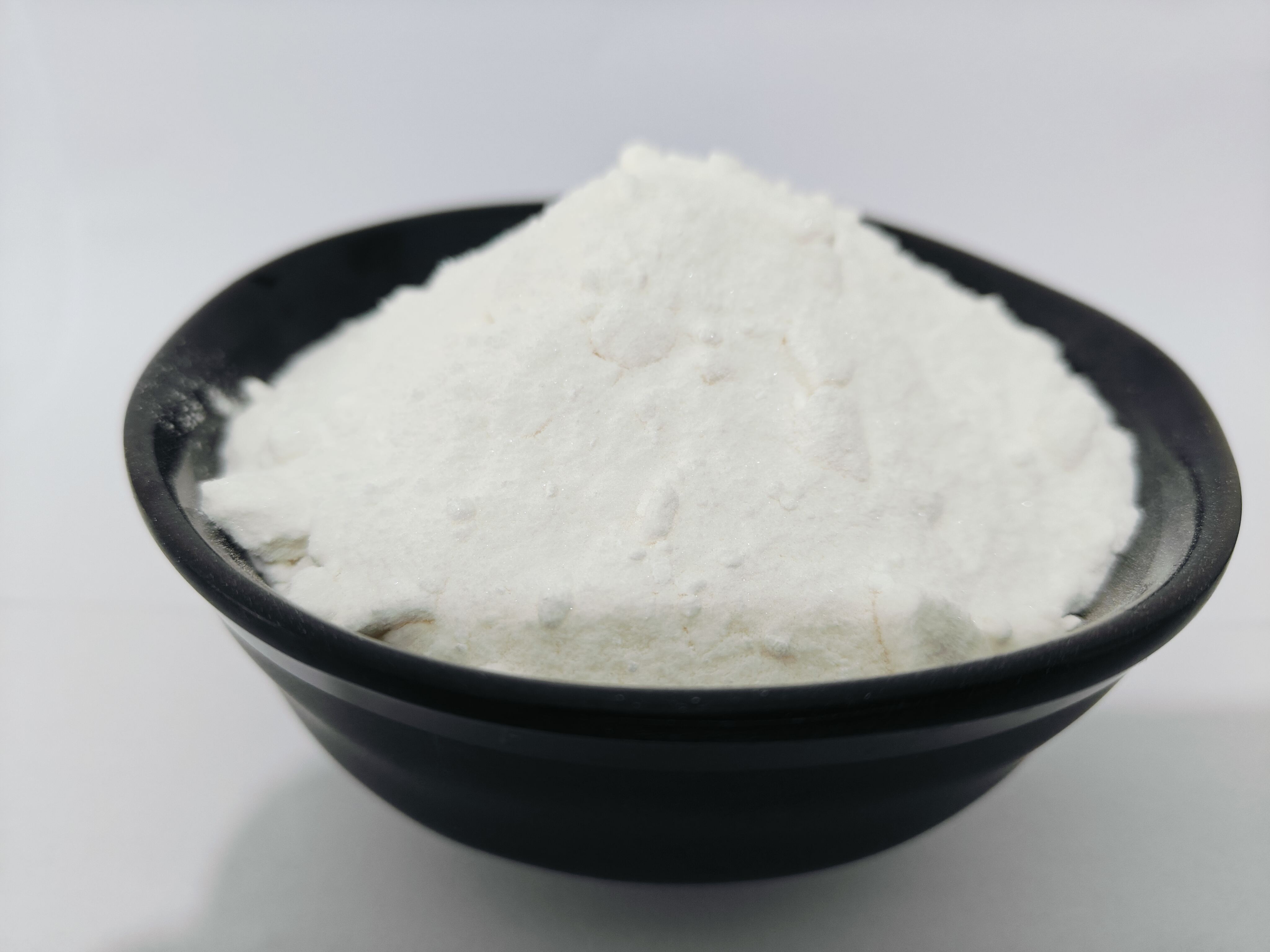fenoliese novolak gekurde epokshars
Fenoliese novolak-verhardde epoksharsine verteenwoordig 'n sofistikeerde thermoset polymeersisteem wat die robuuste eienskappe van beide epoksharsine en novolak-harsine kombineer. Hierdie gevorderde materiaalsisteem word gekenmerk deur uitstekende chemiese weerstand, superieure termiese stabiliteit en uitsonderlike meganiese eienskappe. Die verhardingsproses behels die reaksie tussen epoksie groepe en fenoliese hidroksiel-groepe, wat lei tot 'n hoogs kruisgelinkte netwerkstruktuur. Hierdie unieke molekulêre argitektuur verskaf buitengewone hitwerresistensie, tipies met behoud van strukturele integriteit by temperature tot 200°C, terwyl dit uitstekende chemiese weerstand bied teen verskeie agressiewe stowwe, insluitend asse, basies en organiese oplosmiddels. Die materiaal wys opmerkbare dimensionele stabiliteit, lae trekking tydens verharding en verbeterde hegteieenskappe, wat dit ideaal maak vir eisige industriële toepassings. In elektroniese toepassings dien dit as 'n betroubare inkapseling weens sy superieure elektriese isolasie-eienskappe en termiese bestuursvermoëns. Die veelsydigheid van fenoliese novolak-verhardde epoksharsine strek tot beskermende bedekkinge, komposietmateriaalle, en hegtesisteeme waar hoë prestasie onder ekstreeme toestande vereis word.

